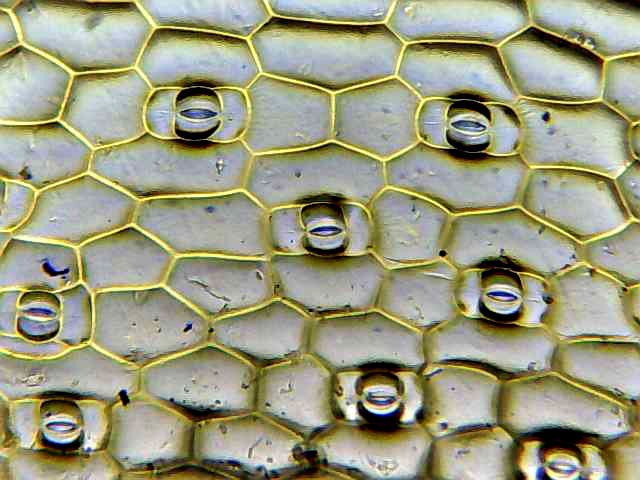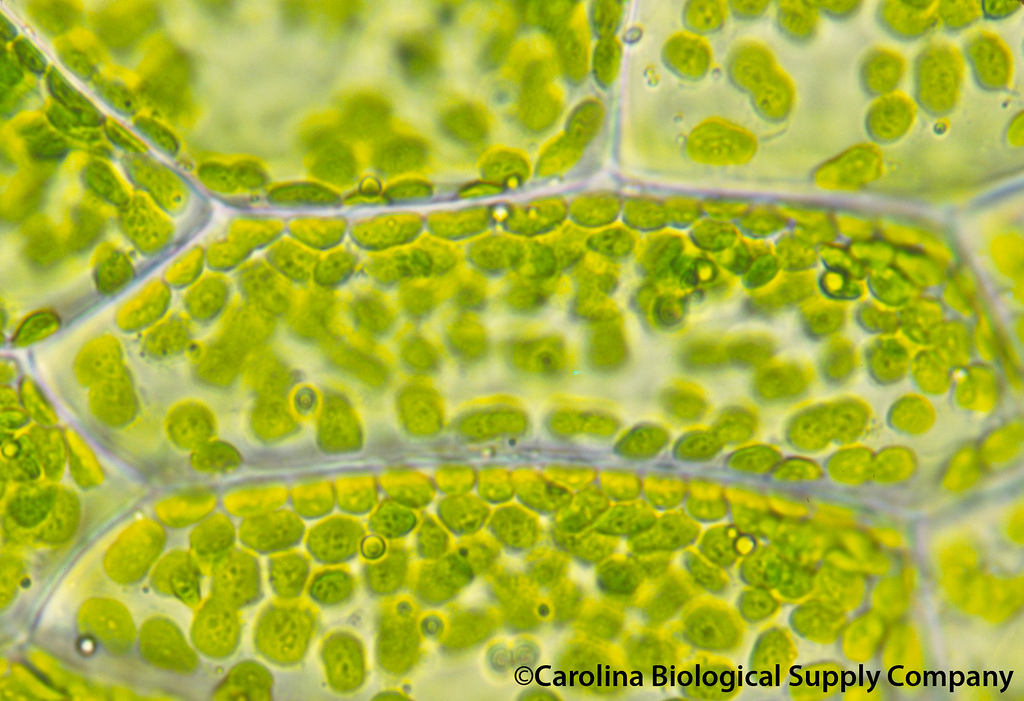Like most plants, Vaccinium macrocarpon needs sunlight, water, oxygen, carbon dioxide, and many nutrients and minerals. But, why is that? Since plants are autotrophic, meaning they are self-feeders, they go through a process called photosynthesis.
Photosynthesis is broken into to cycles. The first is called the light reaction cycle and the second is called the dark reaction cycle, also called the Calvin cycle. The light reaction cycle got its name because it depends on light to complete the cycle. The dark reaction, or the Calvin cycle can continue its processes without light. In order to complete photosynthesis, the plant needs many specialized organs.
The roots of the plant are used to absorb water and nutrients. The water is carried to many parts of the plant through a tissue called xylem. The nutrients, on the other hand are carried by a tissue called phloem. The leaves of the plant contain stomata and chloroplasts, two very important p arts to the plant. The stomata are used in gas exchange. They are small openings on the underside of the leaves that are regulated by guard cells. The chloroplasts contain a green pigment called chlorophyll. The purpose of the chloroplasts is to convert light energy into chemical energy. It is important to note that the plant can also use cellular respiration.
arts to the plant. The stomata are used in gas exchange. They are small openings on the underside of the leaves that are regulated by guard cells. The chloroplasts contain a green pigment called chlorophyll. The purpose of the chloroplasts is to convert light energy into chemical energy. It is important to note that the plant can also use cellular respiration.
The pH of the soil is also a major component to all plants. The pH level of the soil determines what nutrients (phosphorus and nitrogen) are readily available for the plant to use. Vaccinium macrocarpon likes acidic soil around 4.0-5.5. The blueberry, a close relative to the cranberry also enjoys these pH levels.
component to all plants. The pH level of the soil determines what nutrients (phosphorus and nitrogen) are readily available for the plant to use. Vaccinium macrocarpon likes acidic soil around 4.0-5.5. The blueberry, a close relative to the cranberry also enjoys these pH levels.
To learn about the cranberry's habitat, click here.
Copyright Britney Mullenbach – Last updated 4/16/2011
